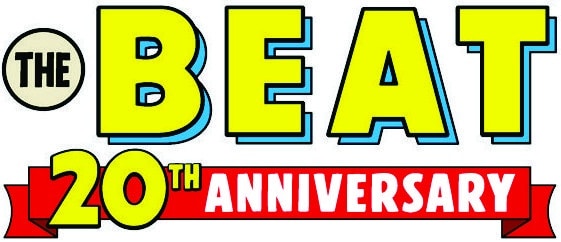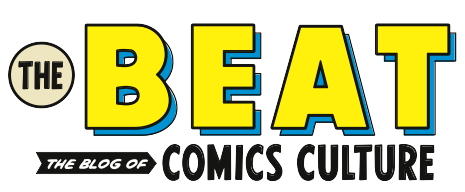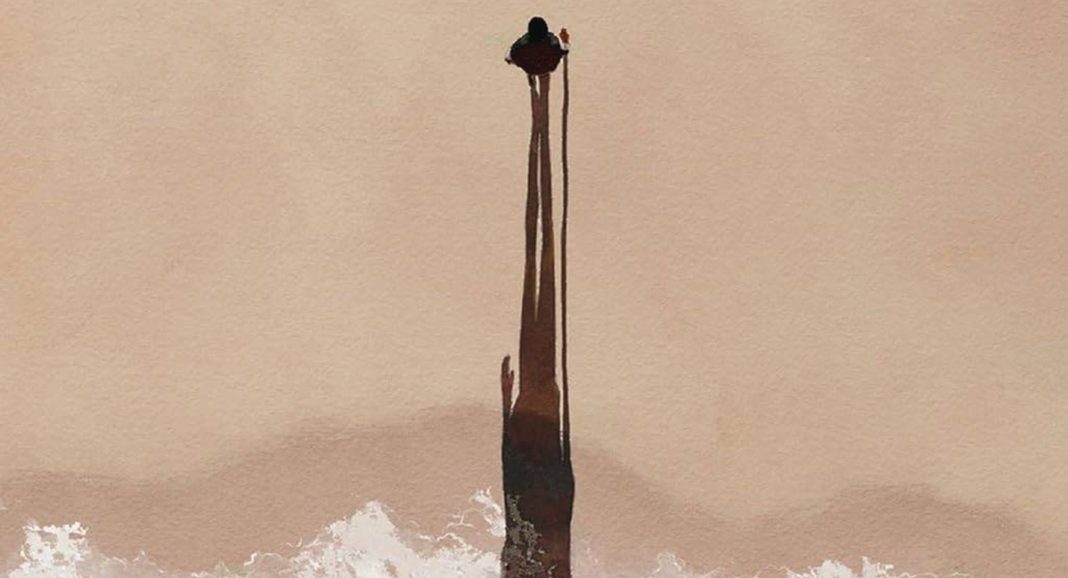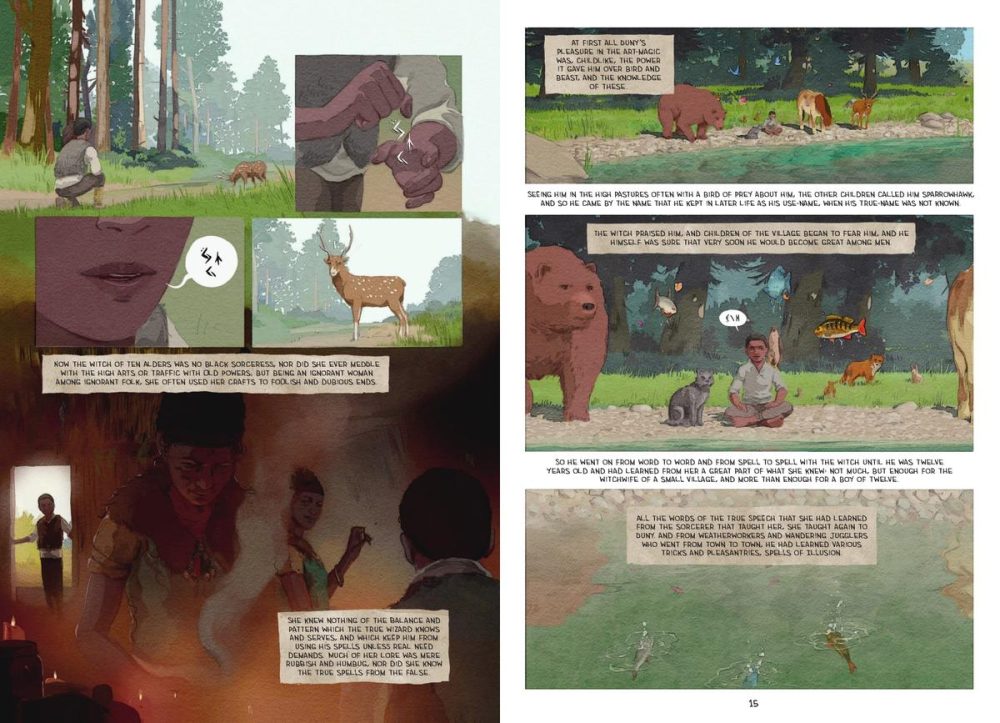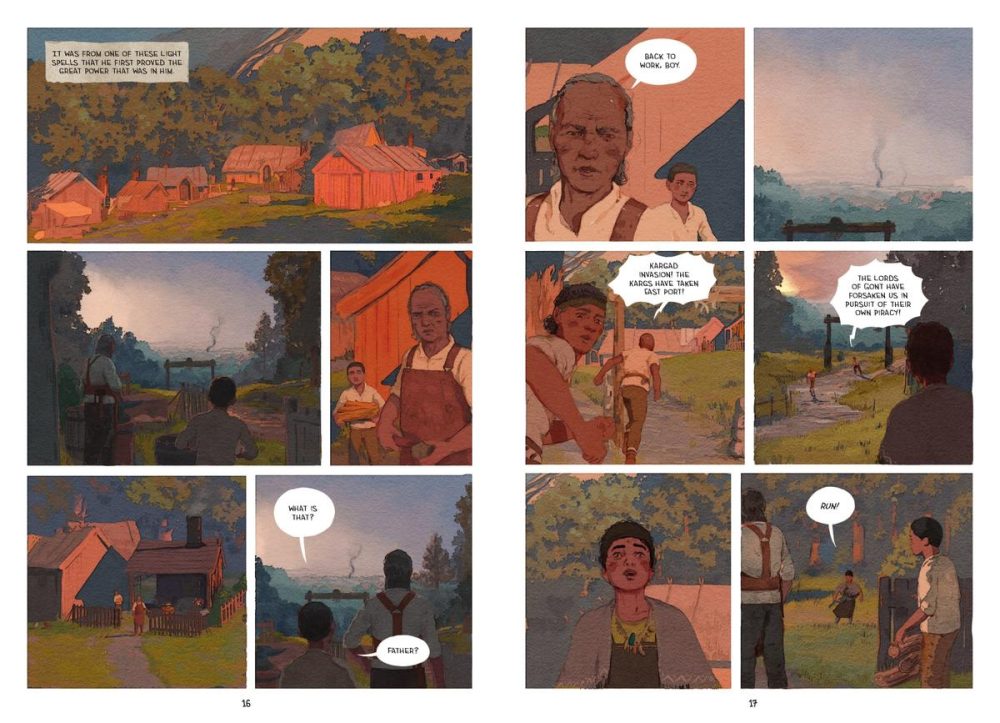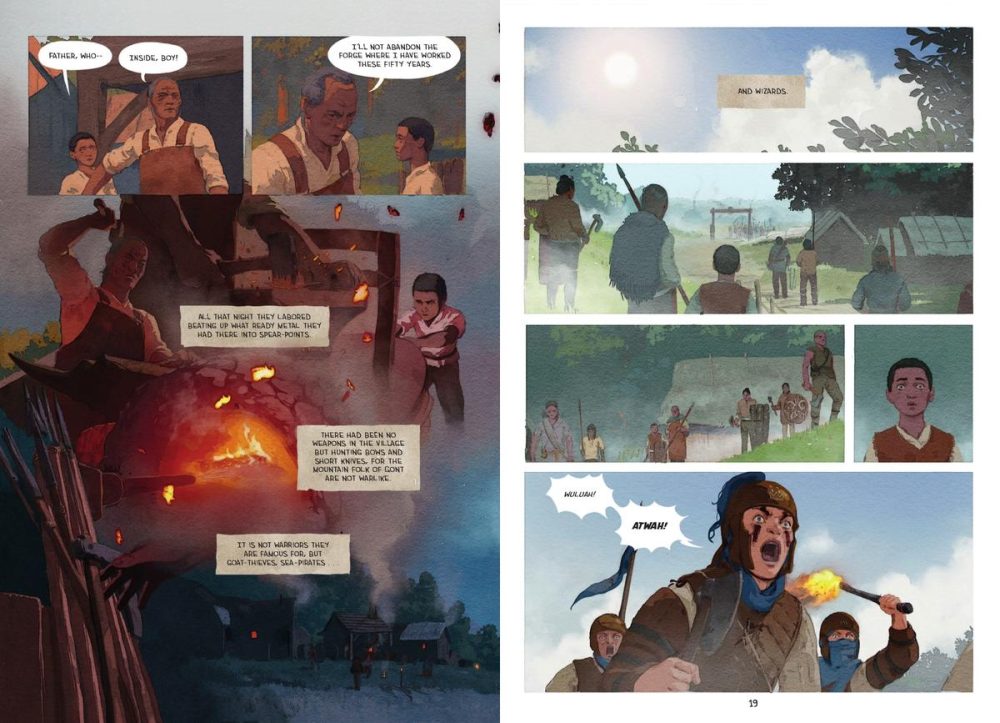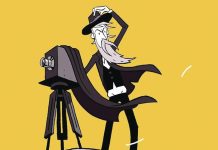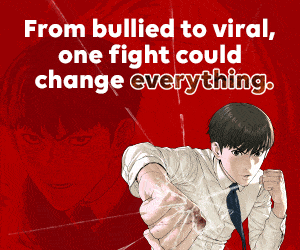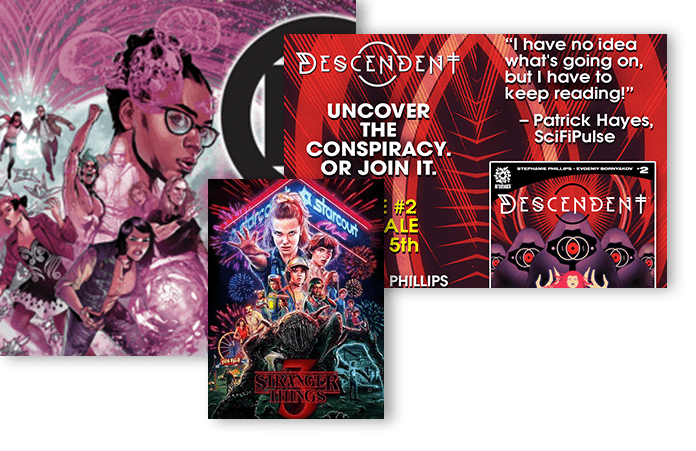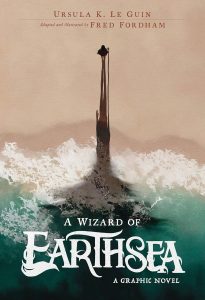 A Wizard of Earthsea: A Graphic Novel
A Wizard of Earthsea: A Graphic Novel
Writer: Ursula K. Le Guin
Adapted By Artist: Fred Fordham
Publisher: Clarion Books
Publication Date: March 2025
I have — somewhat to my embarassment — now consumed Ursula K. Le Guin’s classic 1968 fantasy novel, A Wizard of Earthsea, in 3 1/2 different formats. I have read the prose novel, of course, and I have also listened to the audiobook, somewhat recently because I wanted a refresher. On top of that, I have also seen what is arguably Studio Ghibli’s worst film, Tales From Earthsea, which is the one-half time mentioned above, because it’s not really an adaptation of the book, although it does feature a version of the book’s protagonist. All of this is to say that I was quite curious to experience this story in a fourth medium, comics.
And so I was able to do that this year with the release of the A Wizard of Earthsea graphic novel, adapted by Fred Fordham. I had not previously ever considered how this novel would look as a comic. To me, Le Guin’s writing really does not need adaptations into other mediums. While I’m far more familiar with her classic sci-fi Hannish Cycle, I think the Earthsea Cycle is a major literary achievement, one that is as notable for Le Guin’s masterful use of language as it is for the ideas. And I don’t think of any of her work as particularly visual. In fact, one of the things I’ve long admired about Le Guin’s sci-fi and fantasy writing is that it does not belabor its descriptions, giving the reader a near-anthropological set of ideas (often deeply-rooted in morals or philosophy) and allowing them to visualize the worlds in ways that are most meaningful to them.
The selection of Fordham, however, complicates that take. Fordham has previously made great comics from other timeless, perfect prose novels, including To Kill A Mockingbird and Brave New World. His work is lush and expressive, as stunning for its visual scope as for the heady storytelling choices it manages to convey, deploying the full use of comics storytelling tools, from emotive face depictions to framing to page layouts. Fordham being the artist behind this book elevated it for me from a curiosity to a must-read. If anyone could make it work as a comic, it was him. I had to see it.
And I found this story to be absolutely stunning when told through comics. Earthsea is perhaps uniquely suited for visualization, with the way nature is so heavily entangled in this fantasy world without ever dominating the stage. Earthsea is as the name implies primarily set on water, on islands or archipelagos where the adventures of the wizard Sparrowhawk take place. And that’s all rendered gorgeously by Fordham.
But that much you could predict coming into this book. What caught me by surprise was how powerful the visualizations of Sparrowhawk and his contemporaries felt. As Le Guin’s son, Theo Downes-Le Guin, notes in the book’s introduction, Sparrowhawk has all too frequently been depicted visually as a middle-aged white man. This book wisely makes the choice to age him down, which emphasizes the story’s strong themes of youthful hubris, of having innate power but needing to put in the power to learn to use it responsibly, of reckoning with failure in a nuanced way that means one learns from it, despite it costing them a great deal. Sparrowhawk is also shown darker of skin, as a person living in a sunny island community would most likely be.
So those choices, I thought, did a great deal of narrative work in a way that both emphasized the original story but also set it apart as something different, something a bit more concrete. Comics have the ability to allow readers to fill in the spaces between sequential panels, but the designs of worlds and people in them need a consistency. People need to see themselves as the hero, but a choice needs to be made as to the hero’s look, and Fordham most certainly does that and does it well.
The trappings around this though — from the magic to the aforementioned natural scenery — are gorgeous as well, albeit in more predictable ways. That, however, makes it all no less enjoyable to take in. The dragons are vast and menacing, the haunting shadow is sinister and vague, the scar across Sparrowhawk’s face is as gruesome as it needs to be to heighten the stakes. It’s all organized well, and it’s a true joy to savor, to slowly take-in as mistakes are made and true names are closely guarded.
Does A Wizard of Earthsea work as a comic? I’d certainly say so. I think it’s in the upper tier of the (admittedly-limited) literature-to-comics adaptations I’ve read, if not quite reaching the absurd heights Paul Karasik and David Mazzucchelli did in adapting Paul Auster’s New York Trilogy. But it’s an A-tier book nonetheless, and an absolute must-read for fans of Le Guin, high fantasy, or both.
A Wizard of Earthsea is available now
Read more great reviews from The Beat!
